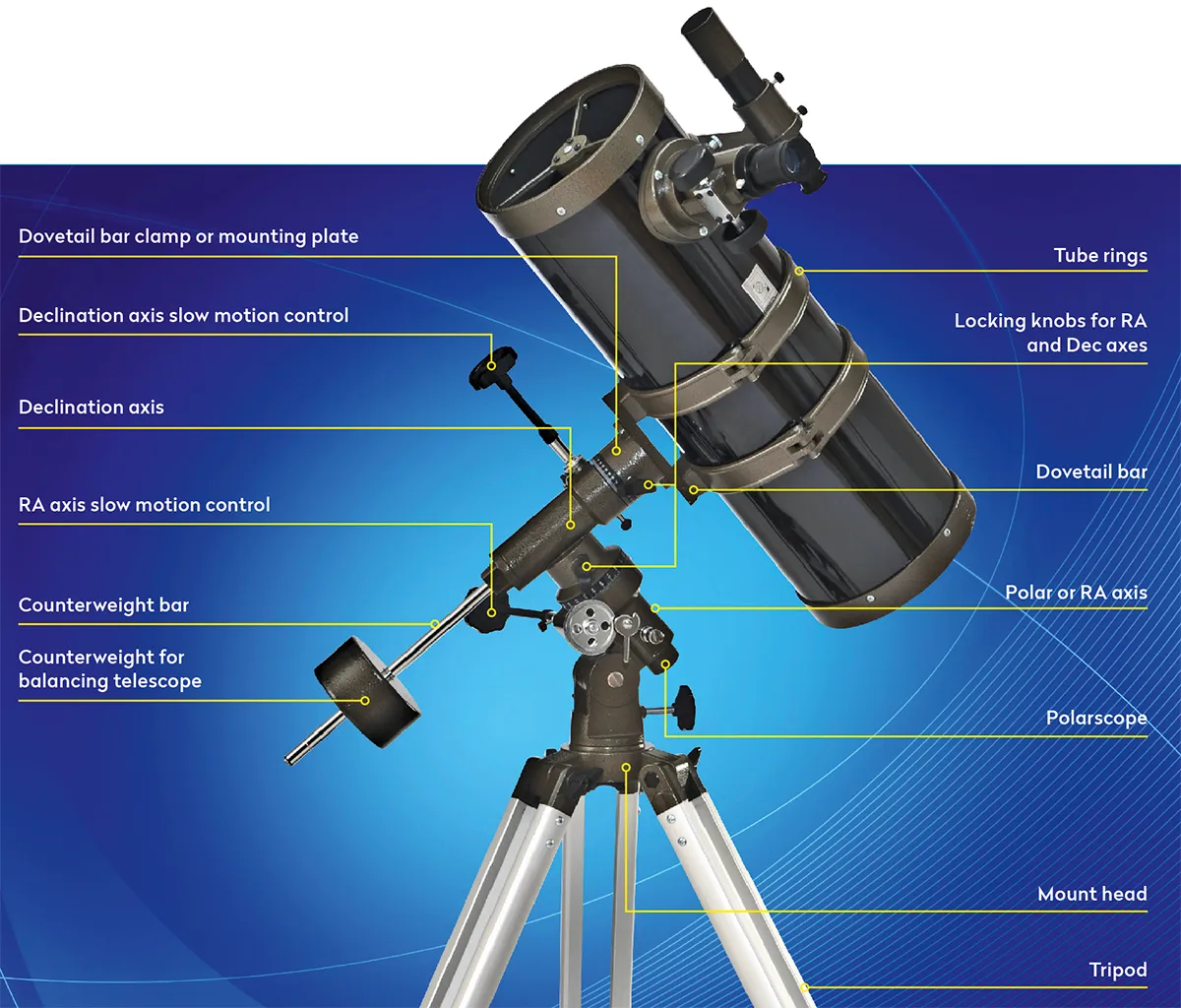Confused about mounts? You may have heard practical astronomers talking about equatorial mounts and altazimuth mounts, but what's the difference between the two, and how do they affect your observing?
The altazimuth mount is the simpler of the two types of mount. Its name essentially describes how it works.
Browse all our telescope mount reviews and read our guide to the best telescope mounts.

A telescope set on an altaz mount can move in two directions: up and down on the ‘alt’ or altitude axis and left and right on the azimuth axis.
Because of its simplicity, the altazimuth mount is very popular for small instruments and even large reflectors like Dobsonians.
However, to follow an object in the heavens you need to guide the telescope about two axes simultaneously.
The altazimuth mount can’t do this, and it can be awkward to study objects over a long period of time.
Astrophotography is hopeless for all but the shortest exposures using one of these mounts, but it is possible.
For more info on how to do this, read our guide to astrophotography with an altaz mount.

Tracking and astrophotography is where an equatorial mount comes into its own, because one of its axes is aligned to be parallel to the Earth’s axis.
Tracking an object is easier as you only need to follow it around this ‘polar’ axis.
There are several different designs of equatorial mount, like German, fork, and English.
By using a drive to keep pace with the stars on just this one axis, extended study and astrophotography are considerably easier.
If there is a downside to equatorial mounts, it’s that they’re usually large and heavy.
